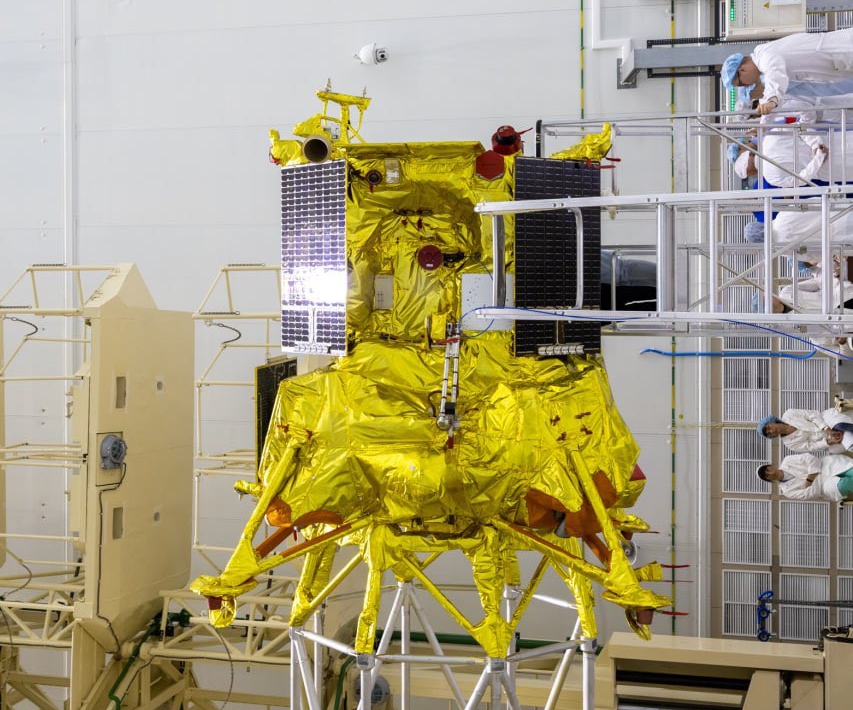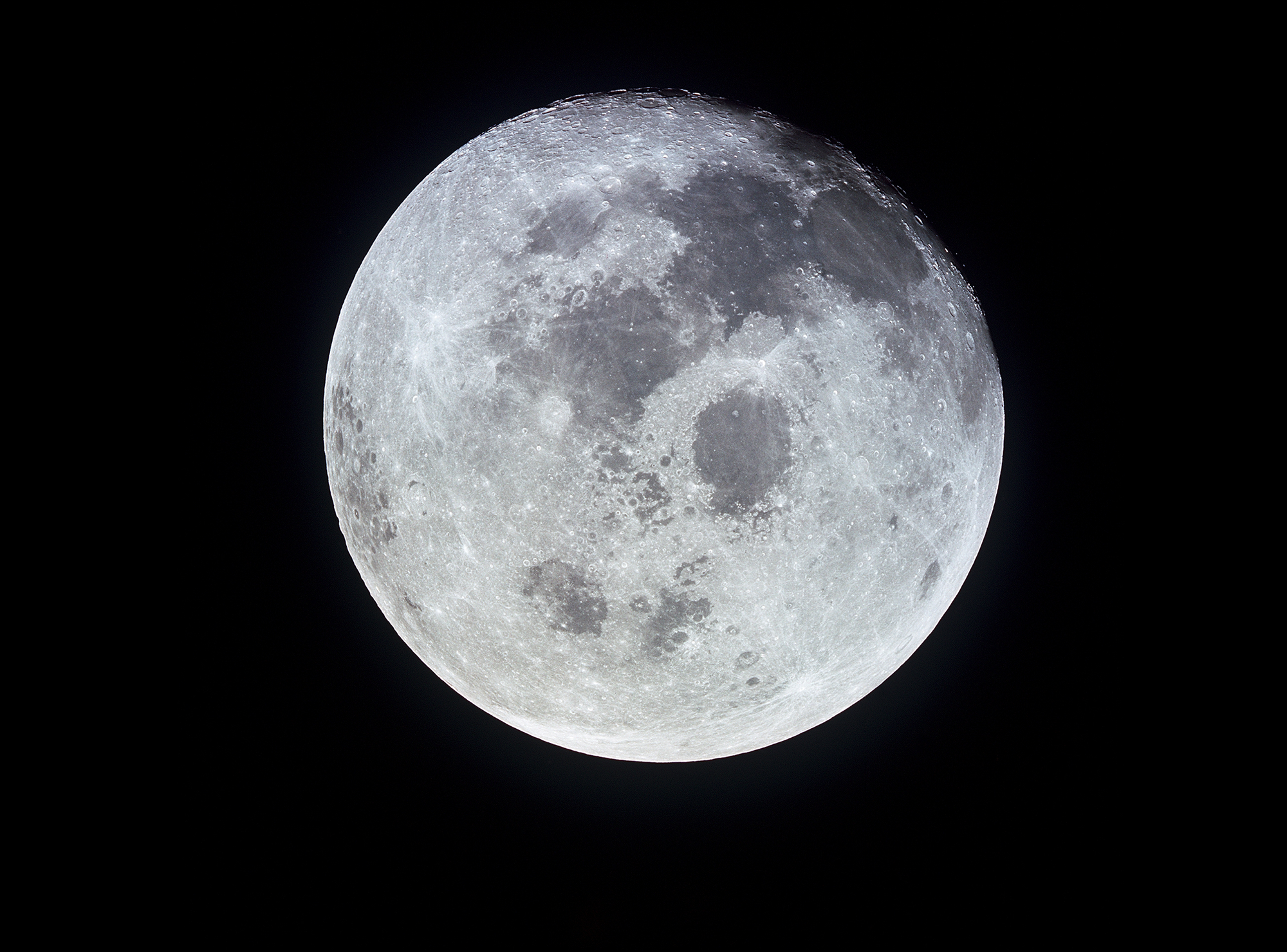In recent days both Chandrayaan-3 and Luna 25 have entered orbit around the Moon ahead of landing on the Lunar surface.
Luna 25 is planned to land on August the 21st 2023 at 69.54 degrees south and 43.54 degrees east near the Lunar south pole. Chandrayaan-3 is planned to land on August the 23rd 2023 at 69.36 degrees south and 32.34 degrees east also near the Lunar south pole. If successful this will be India's first Lunar landing and will become the fourth country to land a spacecraft on the Lunar surface.
If both landers touch down successfully they will be only one hundred and eighteen kilometers apart and be the shortest amount of time between two different spacecraft landing on the Lunar surface.
What is Chandrayaan-3?
Chandrayaan-3 is a follow-up Lunar landing mission to Chandrayaan-2 which failed to land on the Moon on the 6th of September 2019 after a software glitch. The lander for Chandrayaan-3 science payloads are; Chandra’s Surface Thermophysical Experiment (ChaSTE) to measure the thermal conductivity and temperature, Instrument for Lunar Seismic Activity (ILSA) for measuring the seismicity around the landing site, Instrument for Lunar Seismic Activity (ILSA) for measuring the seismicity around the landing site, and a passive Laser Retroreflector Array from NASA is accommodated for lunar laser ranging studies. Onboard the lander is also a small 26-kilogram rover that will be deployed after landing on the Lunar surface. The rover also has two payloads; Alpha Particle X-ray Spectrometer (APXS), and Laser Induced Breakdown Spectroscope (LIBS) for deriving the elemental composition in the vicinity of the landing site.

What is Luna 25?
Luna 25 is a Russian Lunar lander that plans to land at the Boguslavsky crater at the south pole of the Moon. The lander weighs 1,750 kilograms and has 30 kilograms of science payloads. The science instruments of the spacecraft are; ADRON-LR for active neutron and gamma-ray analysis of regolith, ARIES-L for measurement of plasma in the exosphere, LASMA-LR for laser mass spectrometry, LIS-TV-RPM for infrared spectrometry of minerals and imaging, PmL for measurement of dust and micro-meteorites, THERMO-L for measurement of the thermal properties of regolith, STS-L for panoramic and local imaging, a Laser retroreflector for Moon libration and ranging experiments, and BUNI for power and science data support. Upon landing Roscosmos hopes to have the lander operate for one year on the surface of the Moon.







